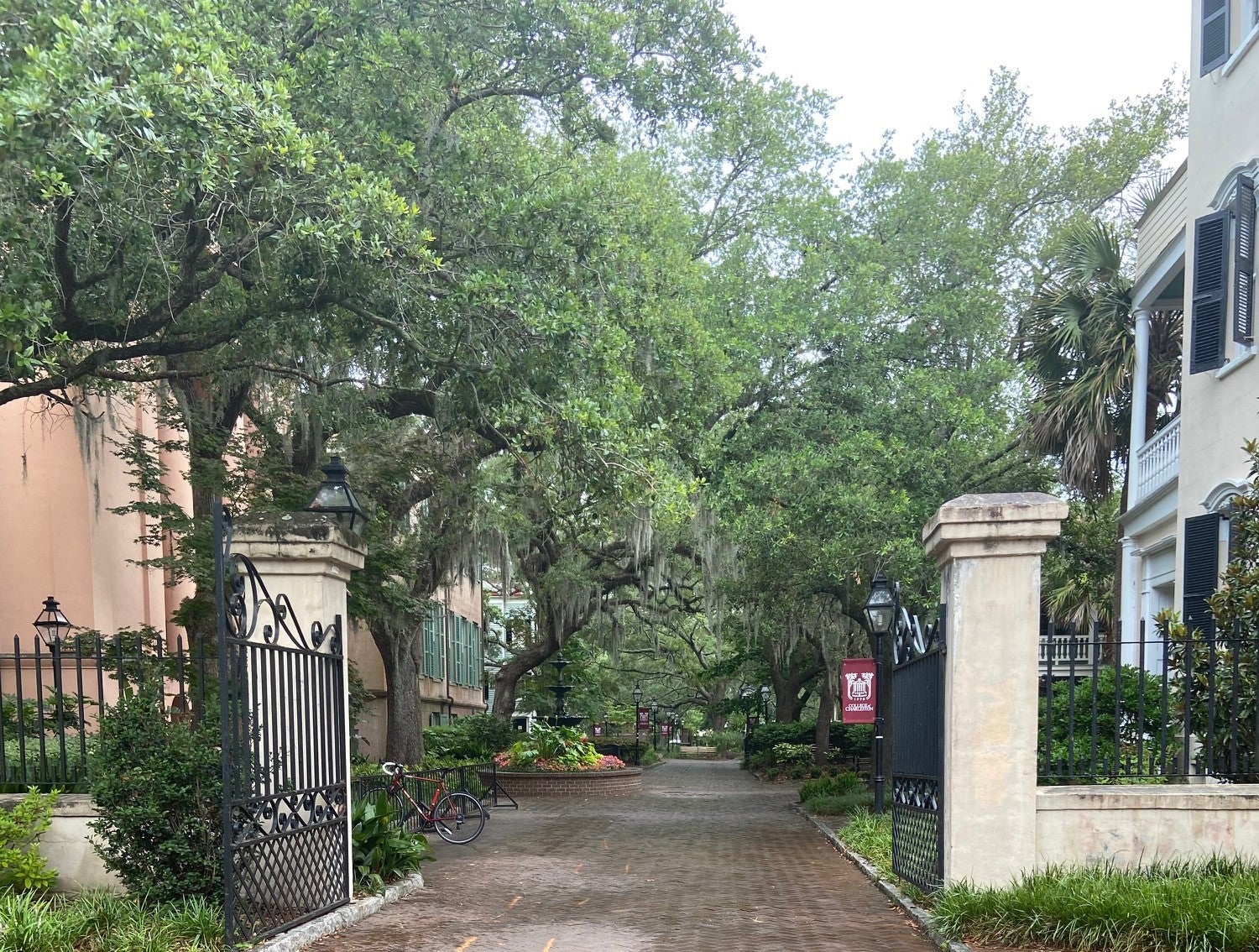CHARLESTON, S.C. — Charleston.
My husband and I made a quick dash to the Holy City over the weekend for a specific purpose — to see bits of the Spoleto and Piccolo Spoleto Festivals going on there through June 12.
Last year, we attended a dance performance under COVID regulations; this year, the programs were back in full force.
It was a crazy weekend that actually began in Jekyll Island at the Georgia Press Association Awards ceremony. The articles about the awards we won are on the website. From there, we made a mad dash to Edisto Beach, which is my favorite beach in the U.S., and that will be the subject of my next Short Getaway story for next weekend.
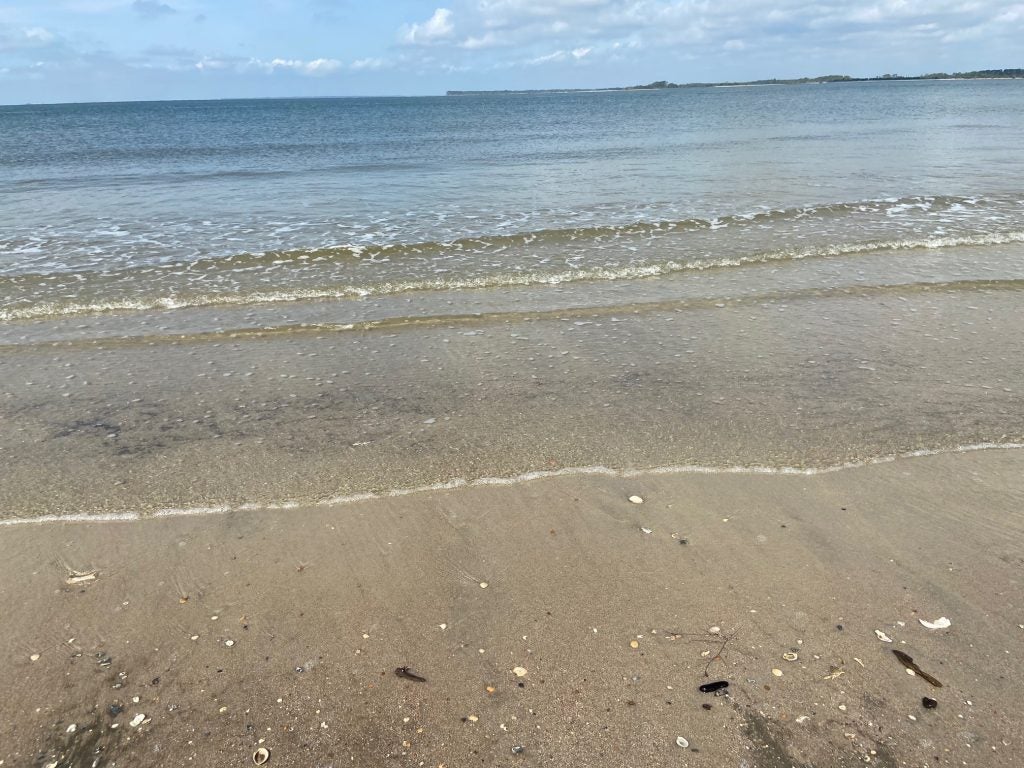
Earlier in the week, I’d interviewed Dacre Stoker of Aiken about a presentation he doing as part of Piccolo Spoleto.
Both festivals are 17 days and held in and around downtown Charleston. The Spoleto Festival highlights national and international artists while the Piccolo Spoleto Festival focuses on local and regional performances.
I’ve known Dacre for at least 20 years. I first met him when he was working with a land conservancy program in Aiken. I distinctly remember asking him about his last name — as in Bram Stoker? The response was a resounding “yes.”
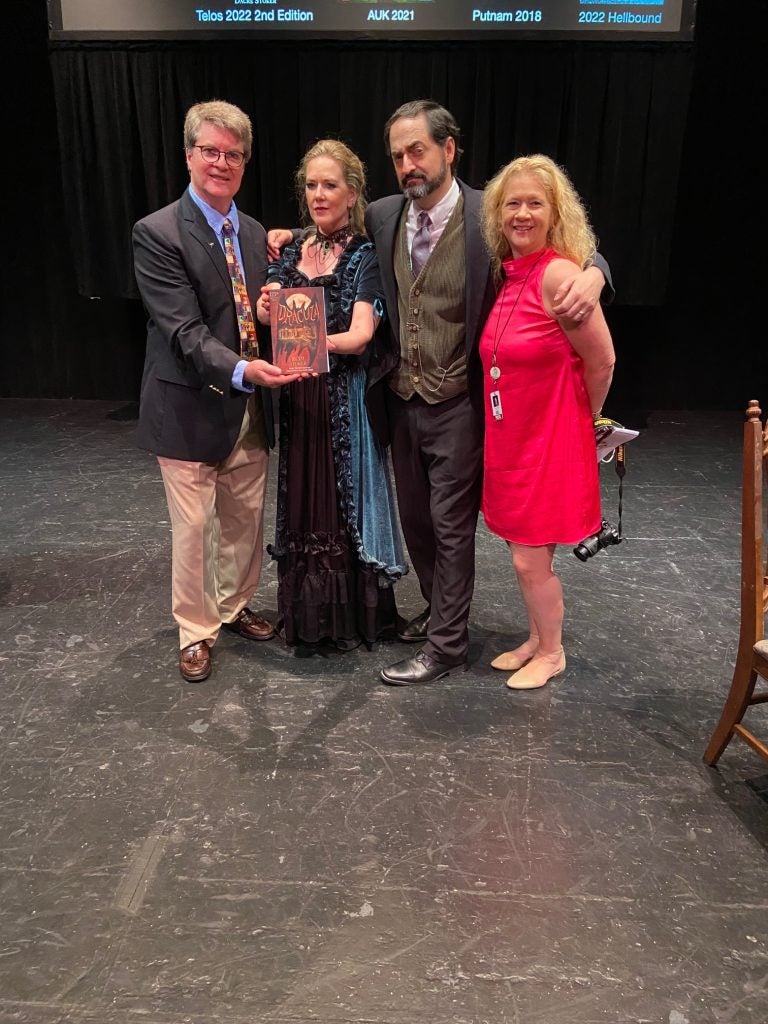
Over the years, I’ve interviewed him many times. If you don’t know who Bram Stoker is, he’s the author of “Dracula” which is celebrating its 125th anniversary this year. In that span, the book has never gone out of publication.
I was the first to write an article about Dacre and his familial connection to the legendary author and a book he was co-writing at the time. Dacre is the great grandnephew of Bram.
Dacre invited me to his “Secrets of Dracula…Unearthed” program at the Chapel Theater at the College of Charleston. I really wanted to go to Charleston and the arts festival anyway, so for me this was the perfect justification. I could mix business and pleasure.
In the program, Dacre along with Braxton Williams, an actor who portrayed Bram Stoker, and Andrea St. Amand, a psychic who has appeared on the Travel Channel brought the story of Dracula together.
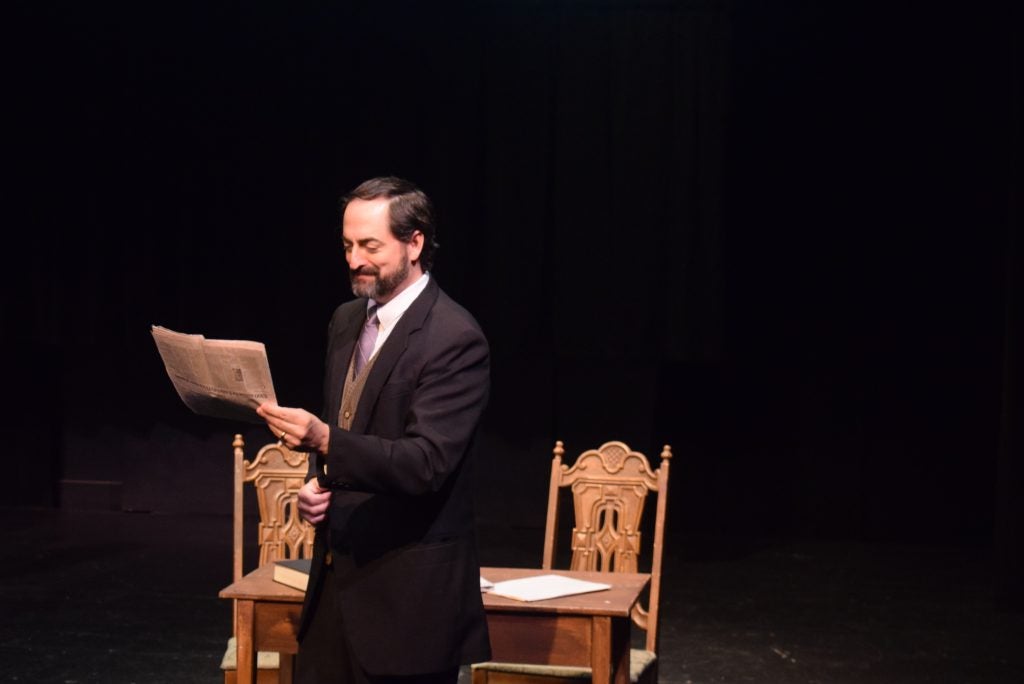
Dacre laid out the immense amount of research Bram had done to create his book, showing that much of what Bram wrote was in some ways tied to personal experiences. The themes of the undead could be traced to the stories his mother told him about a cholera epidemic in which people, although still alive yet barely, were thrown into heaps with dead people only to survive and seemingly come back from the dead.
Bram also lived in a time when blood letting was a popular form of medical treatment. Those two facts play heavily in “Dracula.”
Dacre also wove in Bram’s travels and the books he read.
Dacre said that the journeys of Dracula in England as described in the book could have doubled as a travel guide of the day, and even though he’d never been to Romania or the Carpathian Mountains, the descriptions Bram had read and transferred into the book were of the same attention to detail.
Dacre pointed out that the English version had a different preface than the Icelandic and the Swedish edition. It was only in the late 1980s that people realized the versions were different. The original preface was contained in those two editions, and it was read at the Piccolo Spoleto event, which was presented June 2-4.
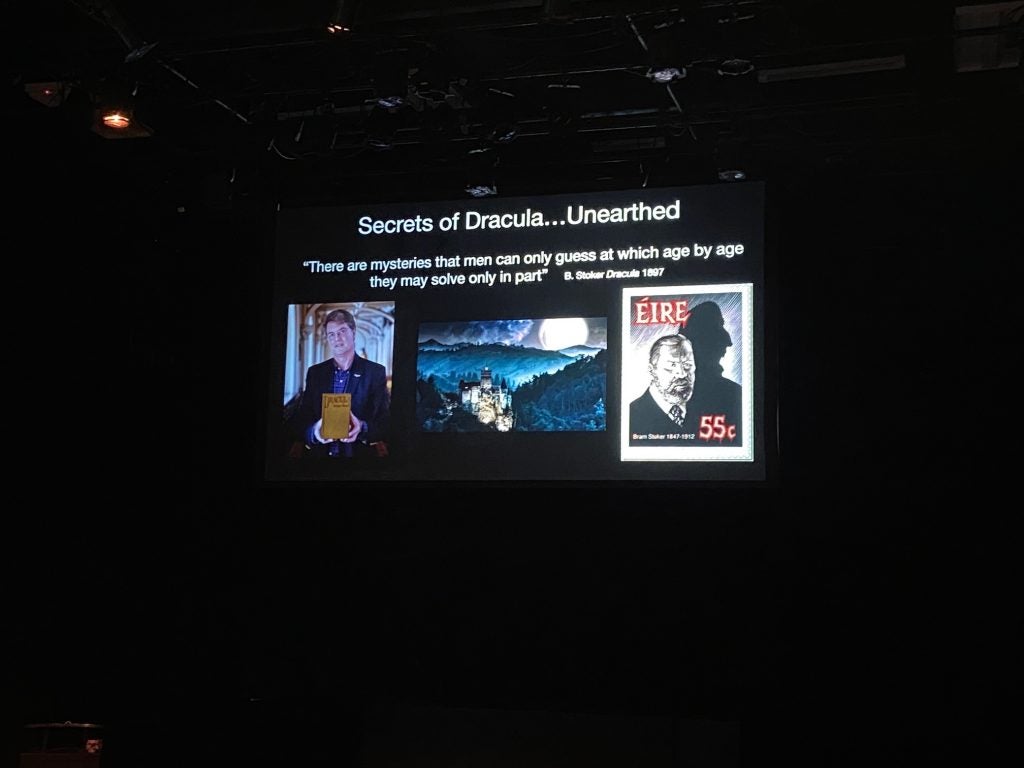
I read “Dracula” for the first time when I was 13. I don’t even like horror, but I remember devouring the book and reading it multiple times. I also ordered a special 125th anniversary edition of “Dracula” signed by Dacre, which arrived at my house the day before the anniversary of the publication. It includes that introduction.
I’ll be going on vacation in a couple of weeks, and I plan to take the book with me. I’ll probably read it in a different light now.
From Dracula, my husband and I wandered around in the rain for a little while before deciding on dinner.
The two arts festival events we attended were on the campus of the College of Charleston, but we had time in between the two.
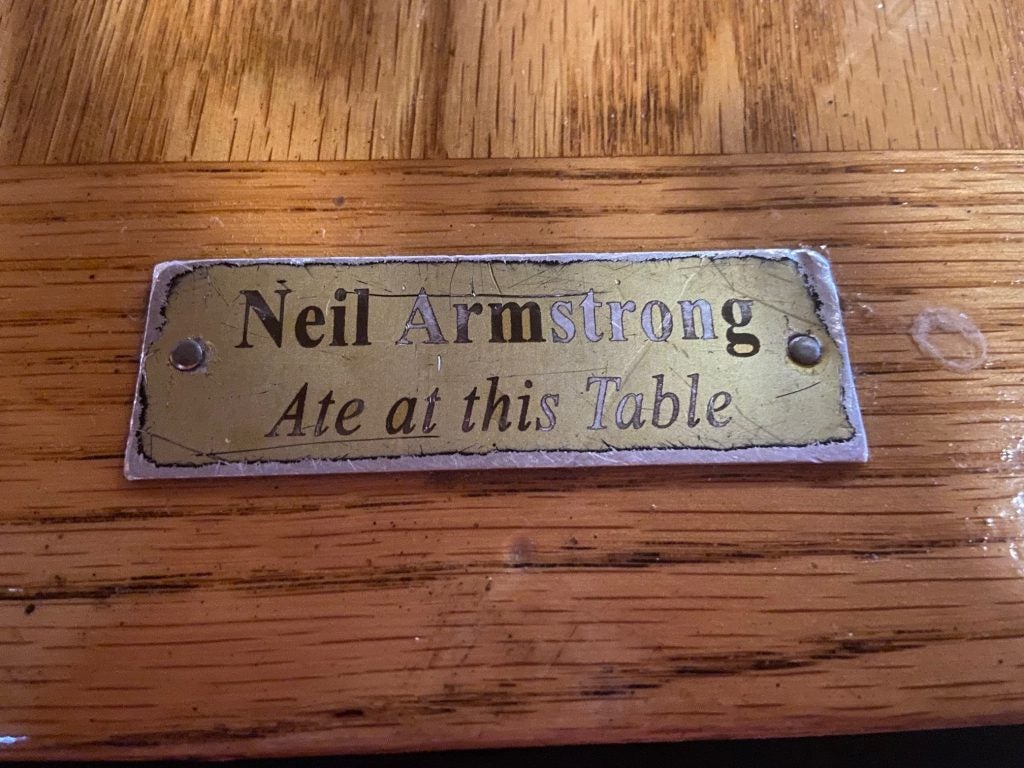
We found our way to Meeting Street and got in line early for Hyman’s Seafood. In all my trips to Charleston, I’d never been so I had to try it. Steven Uhles wrote a column a couple of weeks ago about Augusta’s fine local restaurants and mentioned Hyman’s in his story.
Hyman’s has been in operation in Charleston since the 1890s. It’s usually been the line outside the restaurant that has deterred us from eating there, but there’s no place to wait inside. Our wait was only 15 minutes.
Inside the building are gorgeous, pressed tin ceilings and a glorious, wrought-iron spiral staircas
The walls are lined with photographic tributes to the many celebrities who’ve visited over the years. Our table was marked to let us know that Lou Holtz, former University of South Carolina football coach, Olympic swimmer Michael Phelps, singer Neil Young and astronaut Neil Armstrong all had eaten at that same table.
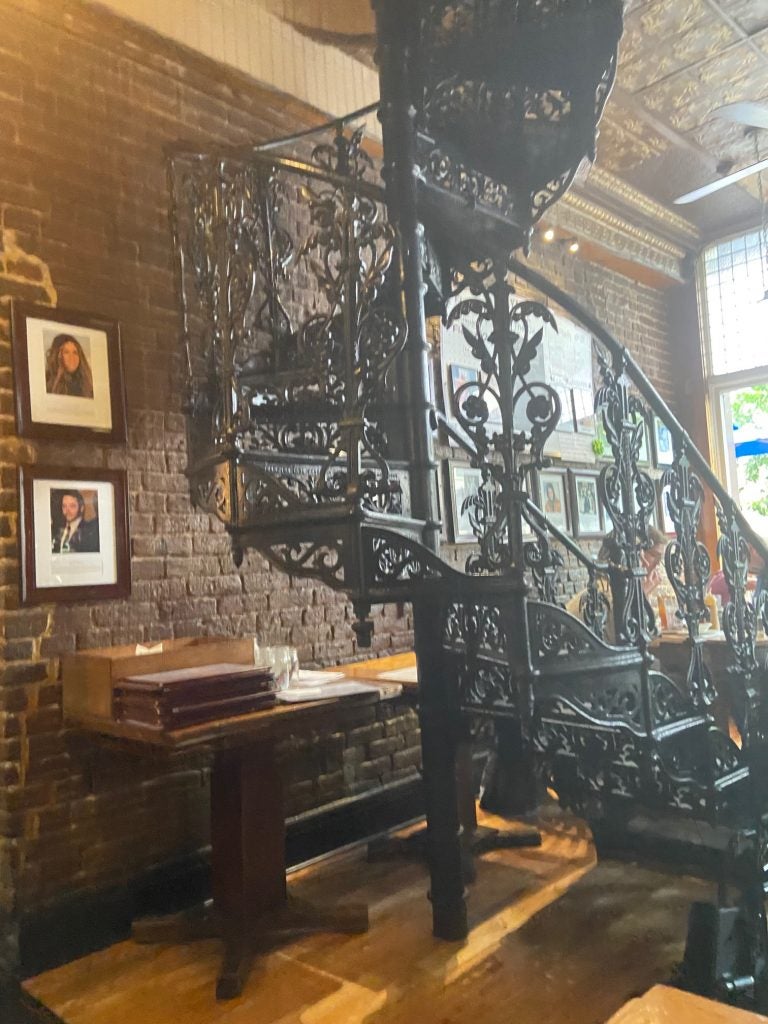
The food was amazing.
My husband has been on Weight Watchers for about a month and has already lost 30 pounds. He said he has 50 to go. He’s been diligent, but Hyman’s broke both our wills.
We did at least get grilled fish, but the hush puppies and that small order of shrimp and grits was so incredible. I don’t eat shrimp and grits often, but these were – well, all I can say is shut the front door because I can’t think of anything to replace the phrase “slap your mama” good, and I don’t want to slap my mama. I’m just glad I only had a small order.
We also met Victor who is fifth generation in the Hyman family to work in the restaurant.
He spoke to every table in our area and chatted with us. He asked me to spread the word, so here am I.
From Hyman’s, it was back to another theater. Siri gave me horrible directions to both the Chapel Theater and the Sotille Theatre. I really wanted a paper map — rain and all.

At the Sotille, we saw Ballet Encore featuring dancers from the New York City Ballet.
Last year’s Spoleto was the first event the dancers had been able to perform since COVID began, according to principal dancer Adrian Danchig-Waring.
“We spent a year and half taking ballet lessons in our kitchens, shooing away our cats,” he said. “This year we expanded the group and the concept.”
The concept focused on the pas de deux or a dance involving two people. It’s an intimate type of dance which was something COVID restricted — close personal interaction among human beings, he said.
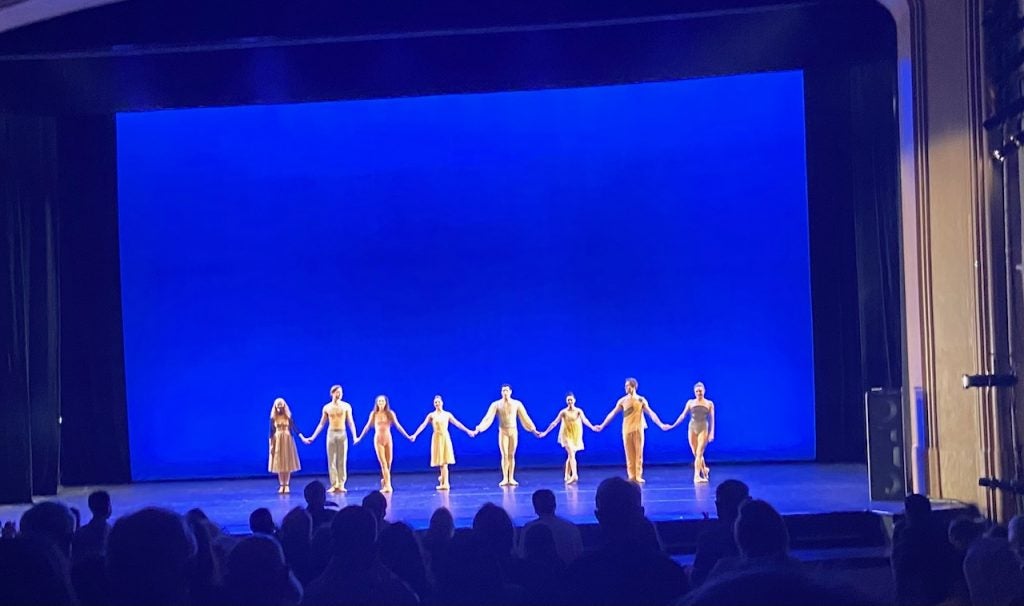
The program featured several pas de deux; some of them were more classical such as the pas from “Swan Lake,” while others were more contemporary including choreographer Christopher Wheeldon’s “After the Rain Pas De Deux.”
The only non-pas de deux was a solo by Columbia-born Sara Means, who has been a principal dancer in New York for several years.
It was a short trip to Charleston, and it didn’t lend a lot of time to do anything but the arts festival. There’s still time to take in dance, music and theater. To find tickets, go to spoletousa.org or piccolospoleto.com.
And meet me back here next week for Edisto.

